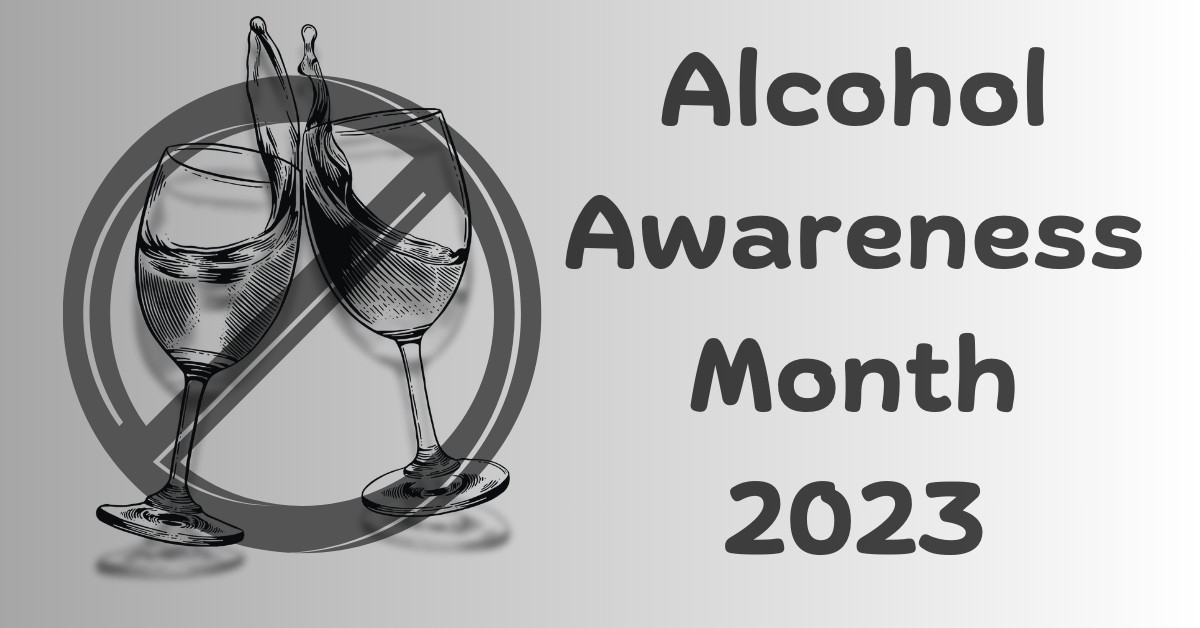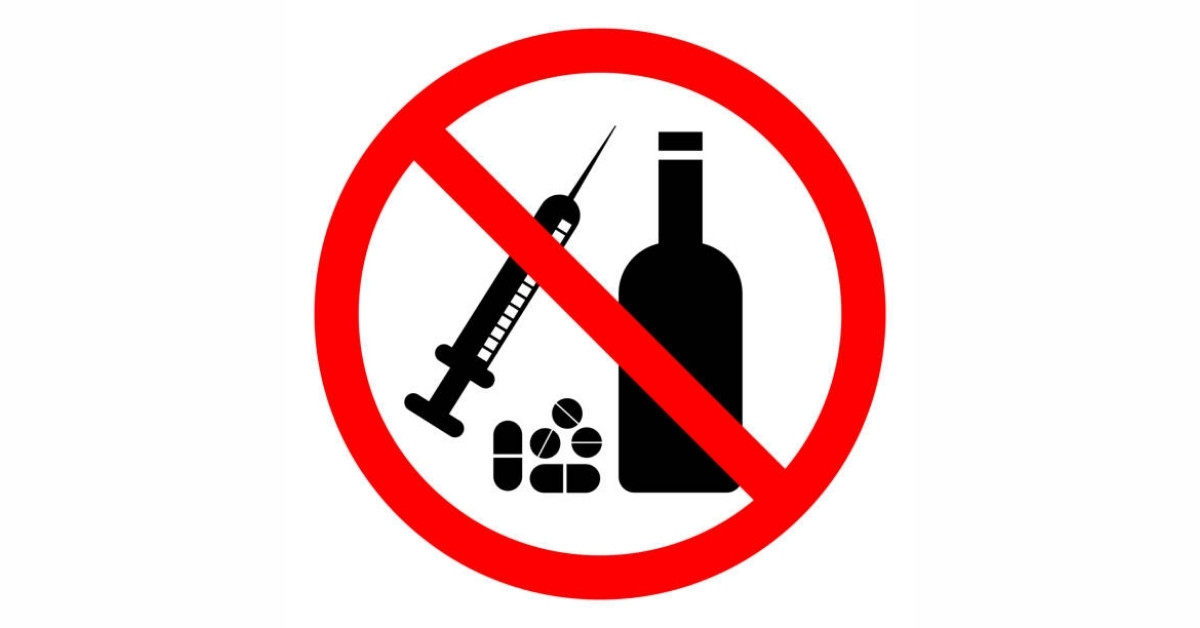Alcohol Awareness Month: Importance and Significance
Understanding the Purpose of Alcohol Awareness Month
Alcohol Awareness Month serves to educate the public about the dangers associated with excessive alcohol consumption. This initiative aims to promote responsible drinking practices, prevent alcohol misuse, and reduce the stigma surrounding alcohol use disorders. By raising awareness, the goal is to encourage individuals to assess their drinking habits and seek help if needed.
| Key Objectives | Description |
| Education | Increase knowledge about alcohol’s effects and risks. |
| Prevention | Reduce instances of binge drinking and alcohol misuse. |
| Support | Encourage individuals to seek help and promote available resources. |
History and Evolution of Alcohol Awareness Initiatives
The roots of Alcohol Awareness Month can be traced back to the early 1980s, initiated by the National Council on Alcoholism and Drug Dependence (NCADD). Initially intended as a week-long event, it was expanded to a month to allow for more comprehensive outreach and education. Over the years, various organizations and communities have adopted the initiative, adapting programs to reflect current issues related to alcohol consumption.
| Year | Milestone |
| 1985 | Launch of Alcohol Awareness Month by NCADD. |
| 1990 | Expansion from a week to a full month to enhance public engagement. |
| 2000s | Growth of community-specific programs addressing local alcohol issues. |
This month has evolved to include a broader range of topics such as underage drinking, alcohol use disorders, and the importance of seeking help. Each year, different themes and focal points emerge, ensuring that the conversation remains relevant and impactful. The continuous adaptation reflects society’s changing attitudes toward alcohol and its consumption.
Initiatives for Alcohol Awareness Month 2023
Numerous initiatives are being launched to promote awareness and education regarding alcohol use during Alcohol Awareness Month 2023. These initiatives aim to engage the public, educate communities, and provide resources to those affected by alcohol-related issues.
National Campaigns and Programs
National campaigns are a vital component of Alcohol Awareness Month. These campaigns focus on raising public awareness about the risks associated with alcohol consumption and promoting healthier choices.
| Campaign Name | Focus Area | Target Audience |
| Alcohol Use Prevention Campaign | Underage Drinking | Youth and Parents |
| Responsible Drinking Initiative | General Awareness | Adults |
| Support for Recovery Program | Recovery Resources | Individuals with Alcohol Use Disorders |
Community Outreach and Events
Community outreach is essential for engaging local populations in discussions surrounding alcohol use and its impact. Various events will be held throughout the month to encourage participation and learning.
| Event Type | Description | Date |
| Health Fairs | Information booths and resources | April 10 |
| Educational Forums | Community discussions led by professionals | April 15 |
| Fundraisers | Support for local recovery services | April 20 |
Educational Workshops and Seminars
Workshops and seminars play a crucial role in educating individuals about alcohol use. These events provide practical information to help individuals make informed decisions regarding alcohol consumption.
| Workshop Topic | Audience | Date |
| Understanding Alcohol Use Disorders | General Public | April 5 |
| Strategies for Responsible Drinking | College Students | April 12 |
| Family Support for Recovery | Families of Individuals with Disorders | April 18 |
Through national campaigns, community engagement, and educational opportunities, Alcohol Awareness Month 2023 aims to foster a deeper understanding of alcohol use and its consequences. Communities are encouraged to participate actively in these initiatives to create a positive impact.
Targeted Focus Areas
In Alcohol Awareness Month 2023, various initiatives focus on specific areas to combat alcohol-related issues within communities. These targeted efforts aim to foster a safer environment for individuals and support those affected by alcohol consumption.
Underage Drinking Prevention
The prevention of underage drinking is a critical focus during Alcohol Awareness Month. Various programs aim to educate young people about the risks associated with alcohol use, promote healthier choices, and discourage underage drinking.
| Statistic | Percentage |
| High school students who reported drinking alcohol | 29% |
| Underage drinkers who consume over five drinks in one occasion | 18% |
| Youths who believe their friends disapprove of underage drinking | 65% |
Responsible Drinking Practices
Encouraging responsible consumption habits is essential for reducing the impacts of alcohol on society. Campaigns strive to inform the public about moderate drinking guidelines and offer resources to promote healthier drinking behaviors.
| Responsible Drinking Guidelines | Recommended Limit |
| Men | Up to 2 drinks per day |
| Women | Up to 1 drink per day |
| Binge Drinking Threshold | 5 or more drinks in a single occasion for men; 4 or more for women |
Support for Individuals with Alcohol Use Disorders
Supporting individuals struggling with alcohol use disorders is a critical component of Alcohol Awareness Month initiatives. Programs focus on providing resources, treatment options, and community support networks for those seeking help.
| Support Resources | Description |
| Helplines | Offer confidential assistance and guidance |
| Support Groups | Provide peer support and shared experiences |
| Counseling Services | Facilitate professional help for recovery |
These targeted focus areas highlight the comprehensive approach needed to address alcohol-related issues throughout Alcohol Awareness Month 2023, promoting education, responsible habits, and support for those in need.
Collaborative Efforts
The success of Alcohol Awareness Month 2023 relies heavily on collaborative efforts among various organizations and individuals. These partnerships are crucial for reaching wide audiences and providing comprehensive support during this initiative.
Partnerships with Nonprofits and Agencies
Nonprofit organizations play a vital role in promoting alcohol awareness. They often develop programs that focus on prevention, education, and support for individuals and families affected by alcohol-related issues. Many nonprofits collaborate to create campaigns that are impactful and resonate with the community.
| Organization Type | Number of Partnerships |
| National Nonprofits | 15 |
| Local Agencies | 30 |
| Community-Based Organizations | 25 |
Involvement of Government Organizations
Government entities are essential in supporting alcohol awareness initiatives. These organizations provide funding, resources, and policy guidance. Many local and state agencies participate in Alcohol Awareness Month activities, promoting safe drinking habits and enhancing public health education.
| Government Level | Involvement Type |
| Federal | Funded Research Initiatives |
| State | Educational Programs |
| Local | Community Events |
Contributions from Healthcare Professionals
Healthcare professionals contribute significantly to alcohol awareness efforts. They offer expertise in prevention methods, treatment options, and the impact of alcohol on health. Many healthcare providers engage in outreach activities, providing resources and information to the public.
| Healthcare Role | Contribution Type |
| Doctors | Screening and Referrals |
| Counselors | Support Services |
| Public Health Officials | Community Health Campaigns |
These collaborative efforts enhance the effectiveness of Alcohol Awareness Month 2023, ensuring that the message reaches diverse populations and promoting a healthier lifestyle.
Spreading Awareness
Raising awareness about alcohol-related issues is crucial during Alcohol Awareness Month 2023. Various methods are utilized to effectively communicate important messages regarding responsible drinking and support for those affected by alcohol use.
Social Media Campaigns
Social media platforms are key channels for disseminating information during Alcohol Awareness Month. Campaigns aim to engage a wide audience through sharable content, graphics, testimonials, and informative posts. Metrics often determine the success of these campaigns by measuring reach and engagement.
| Platform | Estimated Reach (Millions) | Engagement Rate (%) |
| 200 | 5 | |
| 150 | 7 | |
| 100 | 4 | |
| TikTok | 80 | 8 |
Public Service Announcements
Public service announcements (PSAs) play an essential role in informing the public about the risks associated with alcohol consumption. These messages utilize various media outlets, including television, radio, and online video platforms. PSAs often focus on providing facts and support resources.
| Media Type | Number of Announcements | Estimated Viewership (Millions) |
| Television | 500 | 50 |
| Radio | 300 | 30 |
| Online Videos | 400 | 20 |
Advocacy and Policy Changes
Advocacy efforts seek to influence policy changes related to alcohol use and public health. Organizations working towards this aim typically collaborate with lawmakers, promote research, and push for new regulations. These initiatives focus on reducing alcohol-related harm in the community.
| Advocacy Area | Description | Examples of Proposed Changes |
| Underage Drinking | Preventing access to alcohol among youth | Stricter age verification |
| Public Health Campaigns | Funding for educational outreach | Increased funding for local programs |
| Treatment Accessibility | Improving access to rehabilitation services | Expanding coverage for treatment programs |
These strategies combined create a comprehensive approach in spreading awareness during Alcohol Awareness Month 2023, emphasizing the importance of responsible drinking and support for individuals and families affected by alcohol use.
Resources and Support
Addressing alcohol-related issues requires access to a variety of resources and support systems. During Alcohol Awareness Month 2023, several avenues are available for individuals seeking help or information.
Accessing Help and Services
Finding appropriate help for alcohol-related concerns can be crucial for individuals and families. Various organizations offer counseling, treatment programs, and support groups. These services are designed to aid those struggling with alcohol use and provide guidance to their loved ones.
| Service Type | Description |
| Counseling Centers | Provide individualized therapy sessions for individuals and families. |
| Treatment Programs | Offer structured plans for recovery, including outpatient and inpatient options. |
| Support Groups | Facilitate peer support networks for sharing experiences and coping strategies. |
Helplines and Hotlines
Helplines serve as a vital resource for immediate support and guidance. Confidential assistance is just a phone call away, offering individuals a safe space to discuss their concerns or seek help without judgment. The following table lists some common helplines available during Alcohol Awareness Month 2023.
| Type of Helpline | Phone Number | Availability |
| National Helpline | 1-800-662-HELP | 24/7 |
| Substance Abuse Treatment | 1-800-821-HELP | Weekdays, 9 AM – 5 PM |
| Crisis Intervention Hotline | 1-800-273-8255 | 24/7 |
Continuing the Conversation
Ongoing dialogue about alcohol use and its impact is essential for fostering awareness and understanding. Communities, schools, and workplaces are encouraged to initiate conversations about responsible drinking and available support. Engagement can take various forms, including:
- Hosting forums or discussions centered on alcohol awareness.
- Sharing educational resources and materials widely.
- Encouraging storytelling and sharing of personal experiences to reduce stigma.
Maintaining open lines of communication empowers individuals to seek help and challenges the misconceptions surrounding alcohol use disorders.
Sources
https://www.niaaa.nih.gov/april-alcohol-awareness-month
https://www.avenuesrecovery.com/alcohol-awareness-month-2023










